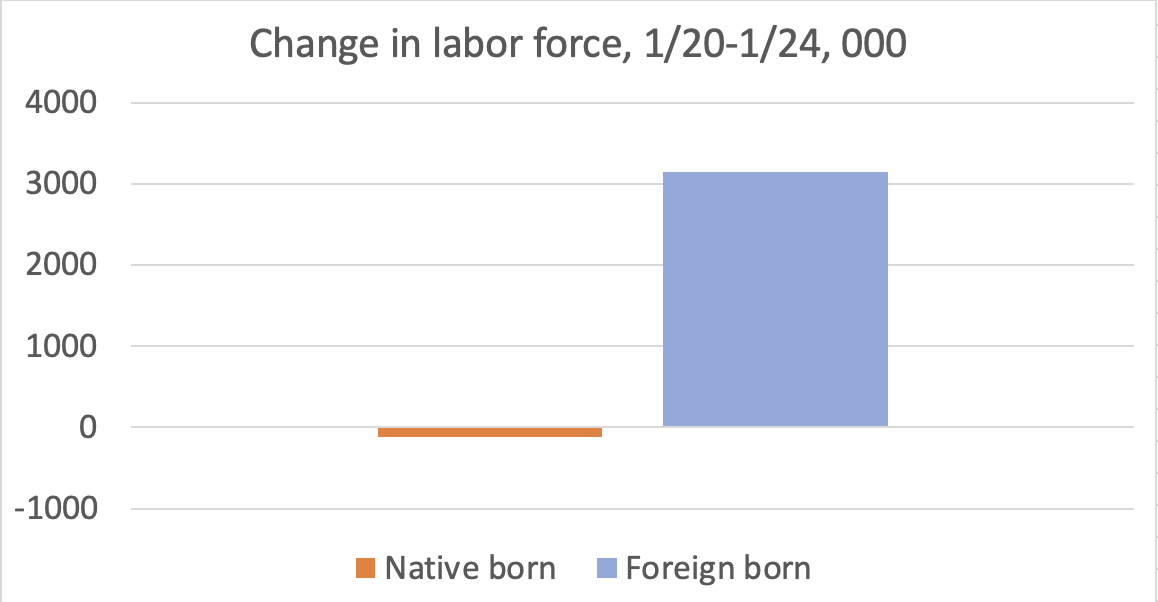So let's talk about the most pressing issue of the day: real bond yields (OK, not so pressing, but important). They have plunged dramatically; as of right now, just 0.19% 1/ 

These yields were already low last fall, but the plunge since then should basically be seen as investors capitulating, and admitting that Trumponomics won't give the economy any long-term boost 2/ nytimes.com/2019/08/01/opi…
These low, low rates are also far below anyone's estimate of the economy's long-run growth rate. And what this means is that the debt obsession that ruled policy discourse in 2010-2011 was totally wrong and destructive 3/ nytimes.com/2019/01/09/opi…
What this means looking forward is that if a Democrat wins next year, she or he should feel free to propose a major infrastructure investment program and NOT worry much about how to pay for it. Deficit-financed investment is good economics in a low-rate world 4/
No doubt the Very Serious People, who have been oddly quiet in the face of trillion-dollar Trump deficits, will once again get all worked up about fiscal responsibility when a Dem takes power. But they should be ignored 5/
• • •
Missing some Tweet in this thread? You can try to
force a refresh













